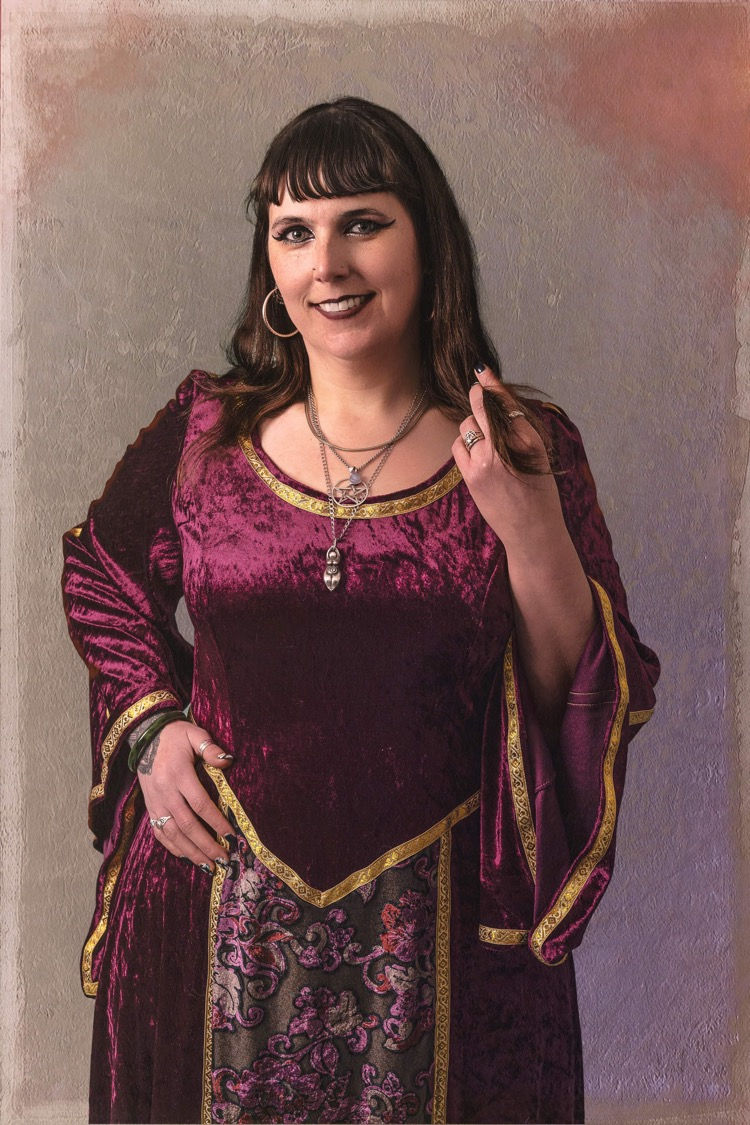The Ancient North of Britain: A Journey into Yr Hen Ogledd
- Gwyn Kipling

- Sep 24, 2023
- 3 min read

Written by Quinn.
In the northern parts of Britain lay a region shrouded in mystery and cultural significance. Known as Yr Hen Ogledd, or the Old North, this area was once home to the Brittonic people who spoke the Cumbric language. While the Roman Empire fell and the Angles and Saxons invaded, Yr Hen Ogledd managed to preserve its British language and maintain independent British kings for a while.
In the fifth century, as the Roman Empire lost strength, Germanic and Irish invaders began to target Britain. The invasions, however, were not as savage as often portrayed. The invaders might have gone on to assimilate into British society through cultural exchanges and getting married, according to archaeological evidence. While a few indigenous populations moved west, the Old North, protected by the Pennine Mountains, was able to maintain its British language for a longer period of time than other areas.
Gododdin, Rheged, and Strathclyde were the three notable British-speaking kingdoms that made up Yr Hen Ogledd. Each kingdom had a distinct history that ultimately saw it fall under the influence of nearby kingdoms over time.
The kingdom of Gododdin, centred around Edinburgh, was conquered by the Angles in the 7th century. This marked the beginning of the end for the British language in the east of Yr Hen Ogledd. The settlements of the eastern side of northern Britain became the starting point for the newcomers.
Rheged, ruled by the renowned King Urien, fiercely resisted the Angles and Northumbria's advance into the west. Urien, a legendary figure whose stories later influenced Arthurian legends, fought valiantly but ultimately fell to the forces of Northumbria in the 8th century.
The kingdom of Strathclyde, situated in the area where Glasgow stands today, was the longest-lasting kingdom in the Old North. Strathclyde derived its name from the valley of the River Clyde and held on until the 11th century when it was conquered by the Gaelic-speaking kingdom of Alba. With the rise of Alba, the British language gradually gave way to Gaelic, which was also a form of Celtic.
The Celtic tribes eventually moved further north into Scotland where Gaelic was the prominent culture and West to Wales and Ireland and the Anglo-Saxons had full control over what was now called England.
While the Old North may have lost its language and independence, its cultural significance remains deeply ingrained in history. The tales of Yr Hen Ogledd's heroes and bards, such as Taliesin and Aneirin, continue to captivate us. These figures, along with the likes of Urien, Owain, Peredur, and Merlin, were incorporated into Arthurian legend, leaving an enduring mark on British folklore.
The Welsh, who considered themselves one people with the inhabitants of Yr Hen Ogledd, have preserved the memory of their northern cousins. Genealogies, stories, and important Welsh texts trace their lineage back to the Men of the North. The influence of Yr Hen Ogledd can be seen in Welsh poetry, such as the Welsh Triads, which includes references to King Arthur. While Yr Hen Ogledd eventually lost its British language, the story of Celtic speech in the north did not end there. In northern England, there are attempts to revive Cumbric, the language spoken over a thousand years ago, providing a glimpse into the rich linguistic tapestry of the Old North. And it is suggested that Welsh, which is also a Brittonic language, held on to some old Cumbric words.
The word Carlisle, for example, is a Cumbric word, as well as Penrith, and of course the county itself Cumbria meaning ‘land of the Cumbrians’, the Celtic tribe that lived in the area and spoke Cumbric thousands of years ago.
The ancient British kingdoms of Gododdin, Rheged, and Strathclyde may have fallen victim to outside pressures, but their legacy endures in Welsh poetry, genealogy, and myths that still ring true today. With its distinctive fusion of cultures and languages, the Ancient North of Britain provides a fascinating window into our common history and the rich fabric of British history.




Comments